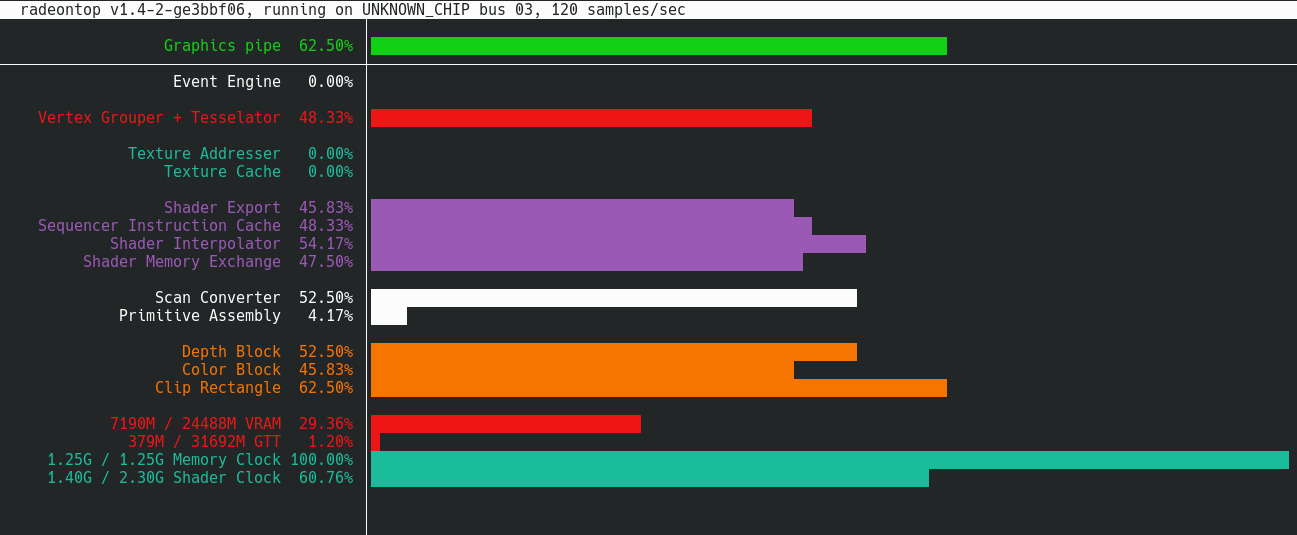The Issue
When building my SvelteKit project, I get lots of errors like this in my console:
ERROR in ./src/graphEditor/nodes/CustomAudio/MIDIToFrequency/MIDIToFrequencySmallView.svelte
Module build failed (from ./node_modules/svelte-loader/index.js):
ReferenceError: performance is not defined
at now (/home/casey/web-synth/node_modules/svelte/compiler.cjs:7:31)
at new Stats (/home/casey/web-synth/node_modules/svelte/compiler.cjs:47:21)
at compile (/home/casey/web-synth/node_modules/svelte/compiler.cjs:45535:16)
at injectVarsToCode (/home/casey/web-synth/node_modules/svelte-preprocess/dist/transformers/typescript.js:85:45)
at mixedImportsTranspiler (/home/casey/web-synth/node_modules/svelte-preprocess/dist/transformers/typescript.js:257:26)
at transformer (/home/casey/web-synth/node_modules/svelte-preprocess/dist/transformers/typescript.js:336:11)
at transform (/home/casey/web-synth/node_modules/svelte-preprocess/dist/autoProcess.js:46:12)
at async /home/casey/web-synth/node_modules/svelte-preprocess/dist/autoProcess.js:117:29
at async script (/home/casey/web-synth/node_modules/svelte-preprocess/dist/autoProcess.js:147:33)
at async process_single_tag (/home/casey/web-synth/node_modules/svelte/compiler.cjs:45984:21)
at async Promise.all (index 0)
at async replace_in_code (/home/casey/web-synth/node_modules/svelte/compiler.cjs:45708:23)
at async process_tag (/home/casey/web-synth/node_modules/svelte/compiler.cjs:46001:26)
at async preprocess (/home/casey/web-synth/node_modules/svelte/compiler.cjs:46059:25)
They’re originating from within the Svelte compiler.

